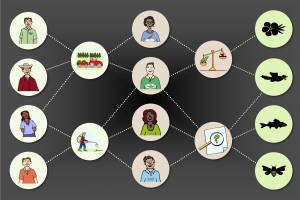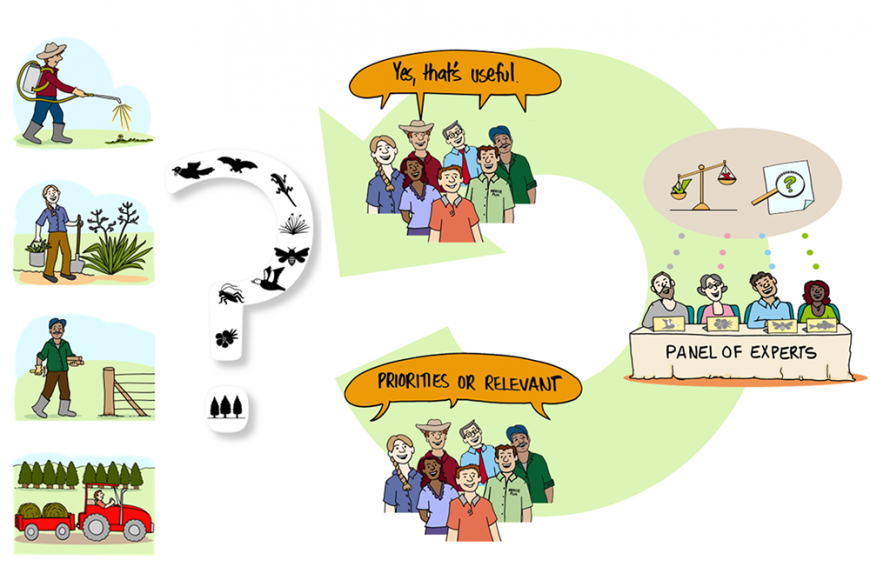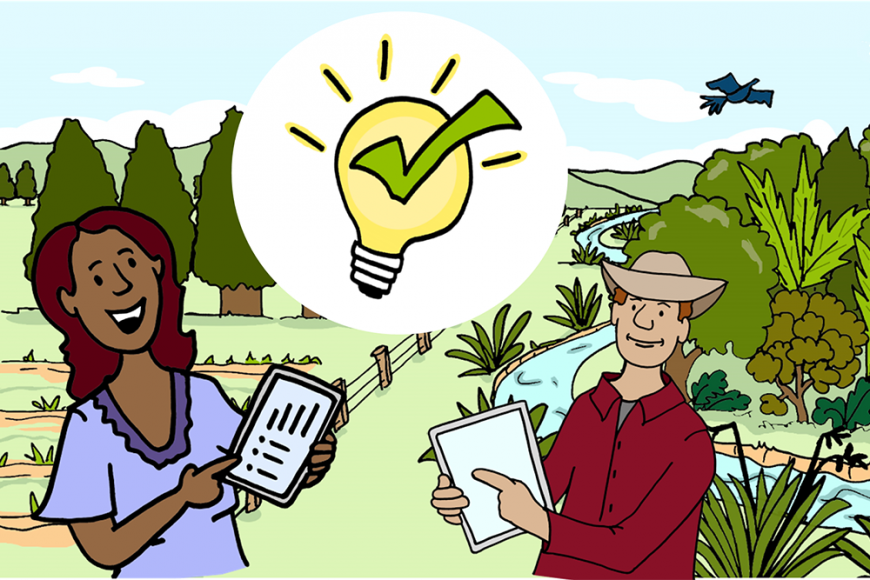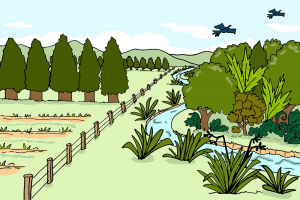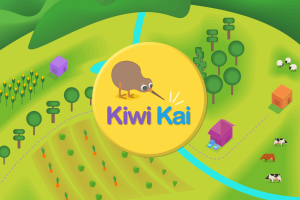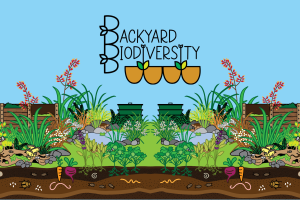Evidence empowering impact
In this section
-
Sustainable society & policy
- Activating water-sensitive urban design for healthy resilient communities
- Assessing climate change-induced cultural losses in Fiji
- BEST: Biodiversity and ecosystems services for resource management
- Cities, settlements & communities
- Decision-making in the Waihou-Piako catchment
- Environmental Perceptions Survey
- Evidence empowering impact
- Farmer decision-making in the Southland region
- Garden Birds: The science behind the survey
- Freshwater values, monitoring and outcomes
- Moving the middle
- New Zealand Colony Loss Survey
- Responding to COVID-19
- Social Licence to Operate Framework
- Survey of Rural Decision Makers
Problem
Two persistent issues typically underlie poor environmental decisions: Researchers fail to deliver the evidence needed by decision-makers (‘evidence disparity’), and decision-makers fail to use the evidence delivered by science (‘evidence complacency’).
Should we be surprised that gathering the relevant scientific evidence is an overwhelming task? With over 2.5 million scientific papers published each year, where do we begin? How do we avoid biased perspectives? When evidence is patchy, conflicting or uncertain – how do we interpret results? When evidence is lacking altogether – how can we address key information gaps? Add a tight deadline to the mix and you have a seemingly insurmountable challenge.
Solution
‘Boundary-spanning’ teams, such as our own, can help address evidence disparity and complacency issues affecting local conservation decisions required by global policy. Such teams can overcome these challenges, by highlighting and implementing processes for improving how environmental evidence is generated, shared and used:
- Give diverse stakeholders a strong voice in setting environmental priorities
- Deliver tools and resources that meet stakeholder priorities
- Make expert knowledge and evidence readily accessible in a robust and timely manner
- Be sufficiently agile to incorporate new evidence as it emerges
- Evaluate expected environmental outcomes of policy and practice in cost-effective ways
- Enable evidence-based decisions in multiple contexts
- Identify key knowledge gaps for future research investment
- Improve study designs used to generate new evidence.
Benefits
Our research seeks to bridge the gap between stakeholder and expert communities and knowledge systems to gather, organise, summarise, and integrate various evidence sources - synthesis that otherwise doesn’t tend to happen.
Looking beyond our project, the identified stakeholder priorities and global evidence bases can be used to direct and facilitate inclusive policy investments and encourage researchers to enhance local knowledge bases where most needed.
Environmental evidence database for Aotearoa
This interactive database demonstrates how environmental evidence relevant to New Zealand’s environmental and social context could be made more readily accessible for practitioners, policymakers and researchers.
The proof-of-concept tool seeks to support decision-makers to design inclusive policy investments, make best use of available evidence, invest to address key knowledge gaps, and select effective actions.
Biodiversity assessment tool for NZ farms
This online calculator allows farmers to rapidly self-assess the expected biodiversity outcomes of their farming practices.
The tool only includes farm practices and biodiversity groups that New Zealand agricultural sectors (including farmers), NGOs and government agencies identified as deserving emphasis on New Zealand farms.
Biodiversity scores were derived by panel consensus, where New Zealand biodiversity specialists used their expert judgement to classify each practice as more or less beneficial for biodiversity.
Power analysis package for improving evidence
This ‘simr’ package helps the user to assess the power of different study designs to detect trends or changes in monitoring data. The package is built for use in ’R’, an integrated suite of open-source software facilities that is widely used around the world.
It addresses some recurrent challenges in environmental reporting:
- providing early warnings (e.g. overcoming difficulties with interpreting results or lack of confidence in results)
- learning for sustainability (e.g. power to detect the effect of a management intervention)
- fine-tuning monitoring (e.g. identifying cost-effective designs to meet their specific monitoring goals and needs, by evaluating trade-offs in monitoring designs)
Our case studies
Using transparent, structured processes, our team works at the interface between expert and stakeholder communities to illustrate how to improve the knowledge base available for local environmental education and decisions. Our case studies to-date have focussed on supporting biodiversity management in Aotearoa New Zealand’s farming and urban landscapes.
